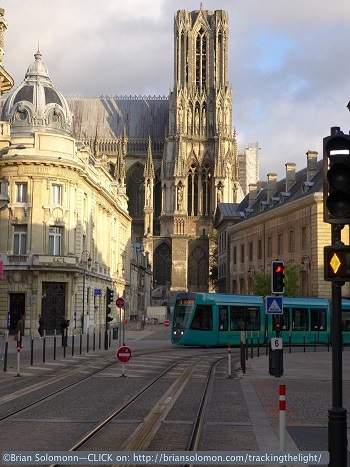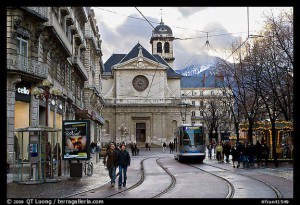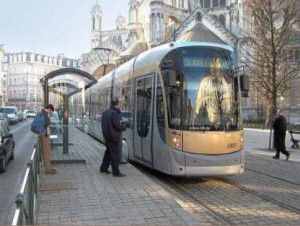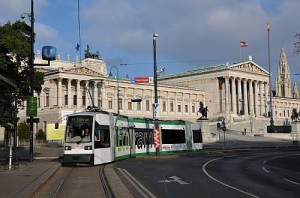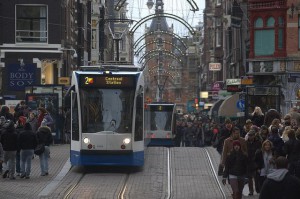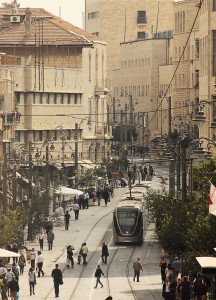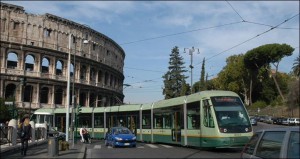Recent conversations about upgrading transit in the GTHA have often included discussion of Brampton’s beautiful downtown – an historic Ontario city first incorporated over 160 years ago. This got us thinking about trams, light rail, and how surface rail has been used around the world for far longer than the cars and trucks that travel through Brampton’s downtown today.
Henry Ford’s Model T automobile, the first car in North America, began production in 1896. But several surface rail systems, mostly what we would call streetcars and trams, began operation long before then:
- 1862: Geneva, Switzerland
- 1863: Alexandria, Egypt
- 1865: Berlin, Germany
- 1869: Brussels, Belgium
- 1871: Bucharest, Romania
- 1872: Barcelona, Spain
- 1877: Rome, Italy
Over 80 surface rail systems opened before the Model T began production, including several in North America such as Toronto’s streetcar network.
However, the technology of modern light rail used today is quite advanced compared to some of those ancient systems, and LRT is fast becoming the transit mode of choice for improved coverage of medium-density areas such as Mississauga-Brampton, Kitchener-Waterloo, Hamilton, northern Etobicoke and Scarborough, and others worldwide.
Since 2000, 27 cities have launched new light rail – not streetcar – lines, including:
- Valparaiso, Chile
- Gold Coast, Australia
- Seattle, WA
- Phoenix, AZ
- Minneapolis-St. Paul, MN
- Bergen, Norway
- Madrid, Spain
- Bucharest, Romania
- Jerusalem, Israel
We counted, and there are over 80 cities worldwide which run light rail systems as part of their public transit networks. And many of these cities are much older than Brampton, with far less space to work with. Soon Kitchener’s historic downtown will join them with light rail as well.
But can historic cities make light rail work? In fact they do, in pedestrian-, cyclist-, tourist-, and business-friendly ways:
|
|
|
|
|
|
|
|
|
|
|
|
|
|
|
|
Click here to learn more about the Hurontario-Main LRT coming to Mississauga and Brampton
Click here to download this report in PDF format
